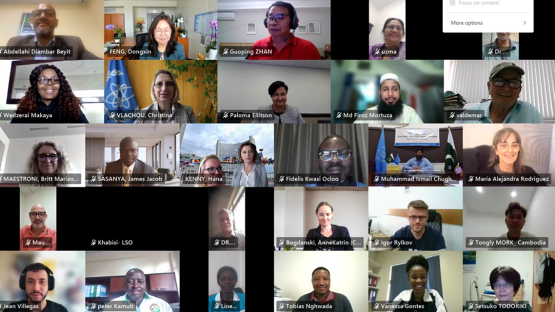A global webinar on nuclear technology and food safety, organized by the IAEA to mark International Food Safety Day, has shone a spotlight on the increasingly important role that nuclear science is playing in shaping safer and more resilient food safety and control systems around the world.
The event, held on 5 June, highlighted how nuclear science is playing an increasingly important role in shaping safer and more resilient food systems globally. It emphasized how the IAEA, through the Joint FAO/IAEA Centre of Nuclear Techniques in Food and Agriculture, is helping countries integrate nuclear and related techniques into their food safety and control systems. IAEA support is provided through its technical cooperation and research coordination projects, which provide capacity building and generate valuable data to enhance the efficiency of food safety programmes around the world.
The webinar brought together 85 participants, including three presenters from regional food safety networks, to showcase examples and engage in discussions about how scientific nuclear knowledge and applications can strengthen food safety systems.
“Food safety is a shared responsibility and there is great need to leverage scientific advancements to protect lives, foster trust and promote sustainable development,” said Rola Bou Khozam, head of the IAEA Food Safety and Control Section at IAEA, in her opening message to the participants.
In the keynote presentation, Christina Vlachou, head of the Food Safety and Control Laboratory, highlighted the role of the Joint FAO/IAEA Centre in helping countries enhance their technical skills through knowledge transfer activities. Specifically, the IAEA facilitates the transfer of analytical methods and information on detecting contaminants and chemical residues in foods as well as on combatting food fraud based on nuclear and related techniques.






